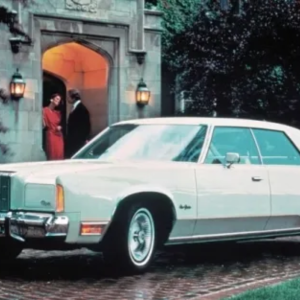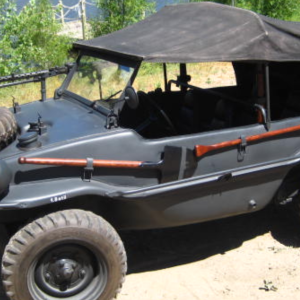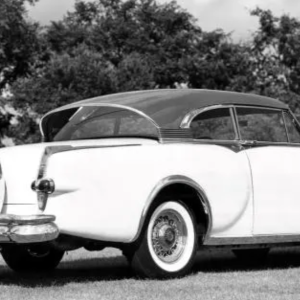
In 1949, the resourceful engineers at Kaiser-Frazer came up with a clever sedan-station wagon hybrid that was marketed as the Traveler and Vagabond.
When we suggest that the 1949-53 Kaiser-Frazer Traveler and Vagabond might hold the honors as the first hatchbacks, it’s with some tongue in cheek. Not really. In our view, the hatchback body style was not really an essential invention but more of a market development. If we look back further, we can probably find more antecedents. Still, it’s interesting to reflect how ideas and trends occur and reoccur throughout automotive history. While the Kaiser-Frazer design uses two rear doors rather than one like a modern hatchback, the concept is fairly similar.

There are some colorful anecdotes about the origins of the Kaiser-Frazer Corportation’s utility sedans, but long story short: Dealers and shoppers weren’t happy with the cash-starved automaker’s lack of choices in body styles. There was no two-door hardtop, no two-door convertible, no station wagons—and there was precious little funding to develop and tool them.
By adding a clamshell deck lid and a hinged backlite, a folding seat, and appropriate trim and hardware, the K-F engineers were able to piggyback a hybrid wagon-ish model on the existing four-door sedan body shell. adding much-needed variety to the product line at minimal cost. There’s a story that Henry Kaiser himself came up with the original idea but in any event, the K-F engineering staff performed all the heavy lifting.

When the base-model Kaiser Traveler and deluxe Vagabond appeared in 1949, there were some compromises in the adaptation. The spare tire was mounted in the left rear door, which was welded closed with a dummy door handle bolted on. Still, the wagon/sedan mashup was reasonably well received, especially the base Traveler, which sold for a mere $2,088. The hybrid wagons accounted for around a quarter of the sales in 1949, but it was a dismal year for K-F and a portion of the ’49 cars were given new serial numbers and sold as 1950 models.
When the Kaiser was was treated to a new body shell for 1951, the Traveler was continued, but the deluxe Vagabond was moved over to the premium Frazer line, which carried on with the old body style in its final year. (See our Frazer feature here.) Once the initial ’49-50 demand for the novel body style cooled off, Traveler and Vagabond sales fell sharply—along with K-F sales overall. Only 1,000 Travelers were produced in 1953, and for 1954 the sedan/wagon crossbreed was discontinued altogether.






